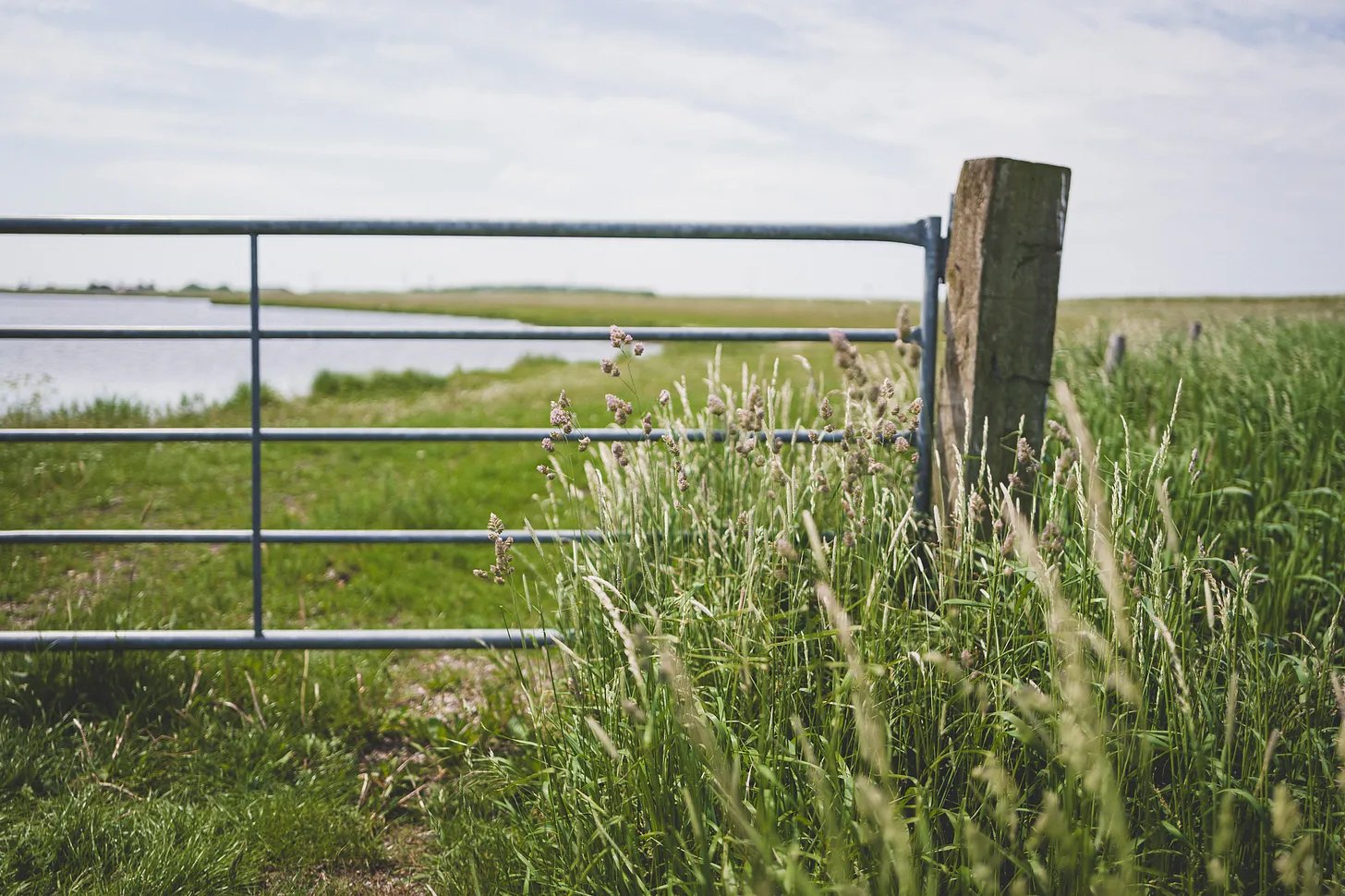Part one: Polders, dykes, and decision-making
Communicating cultural influences & differences of getting work done
In my decade away from North Carolina, I’ve picked up an Dutch-ish accent. Whenever I’m out and about I’m regularly asked where I come from. Similarly, when I share I’ve from Amsterdam to Raleigh, general assumption: I’m Dutch.
That’s not all I’ve picked up.
As I seek my way through the job market, translating my professional path to an American-audience, there’re many stark cultural differences in how work gets done. I don’t yet have the words to share what those are…hence I’m writing down one aspect that I can name. Another one of those un-translatable words:
Het poldermodel.

The polder model.
It’s a method of consesus decision-making, solving problems via dialogue with every party having an equal say1.
It’s a collaborative co-creation philosophy that’s deeply ingrained into Dutch culture.
In the workplace, it formally takes the form of Works Councils.
In an apartment, it’s how the homeowners association makes decisions.
In government, it’s how 15 independent political parties form functioning coalition governments.
Historical background
Wikipedia has no consensus on the term’s origins—“there is no consensus about…”2. I enjoy the irony that there’s no consensus about a consensus model.
I believe the third explanation: historical need.
The Netherlands is predominately below sea-level. In its past, people built dykes to keep the sea away, creating land to live on. The area and regions contained by the dykes are called polders.
Keeping the sea at bay—hah, more puns—becomes kind of important if everyone’s lives depended on it. To maintain & iteratively improve over the centuries required trust & collaboration with anyone living on the polder with you.
To be continued
I’ve made it to 500 characters and its getting late; will call it a win and pick it up again.
https://delta.tudelft.nl/en/article/value-dutch-polder-model
https://en.wikipedia.org/wiki/Polder_model